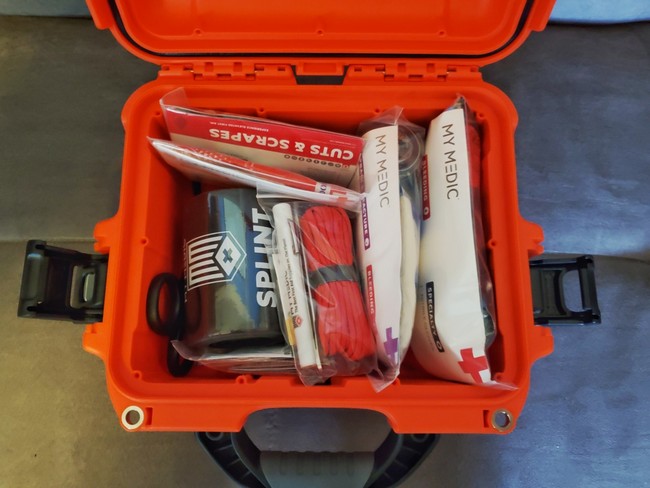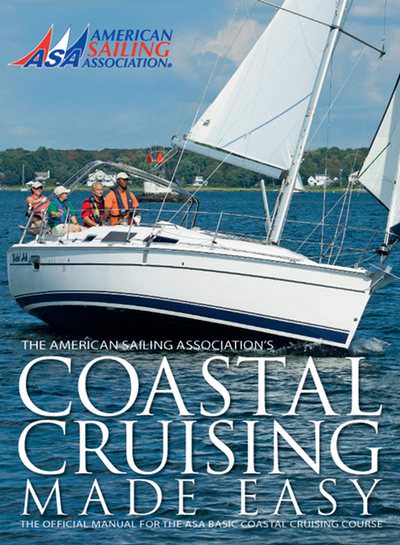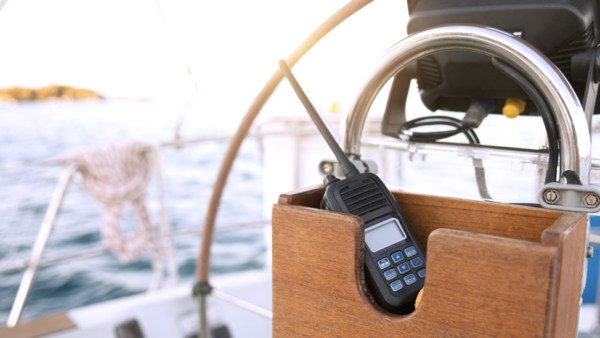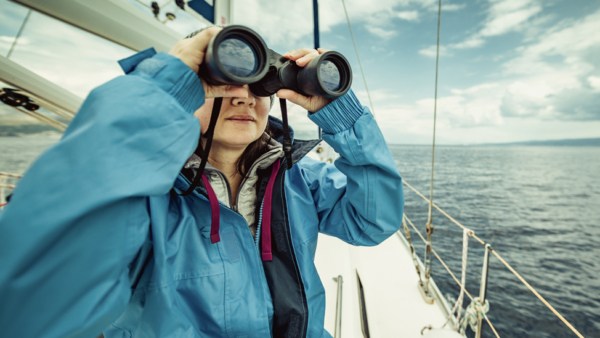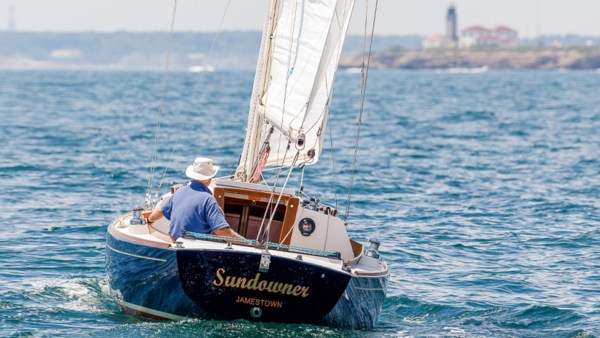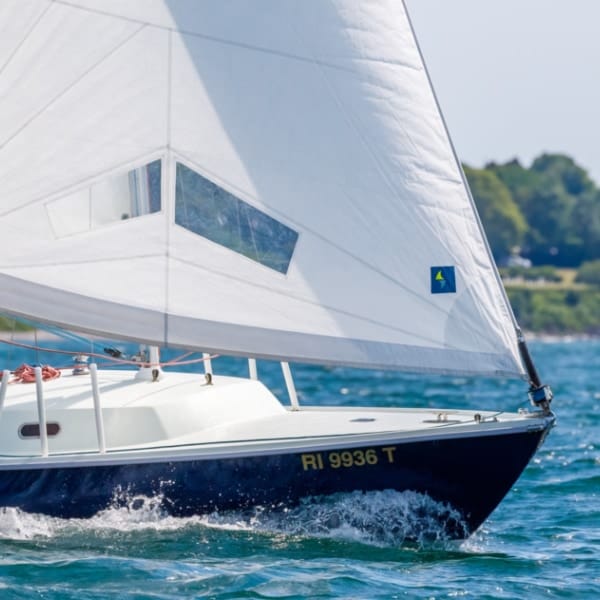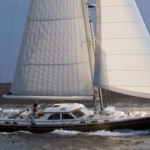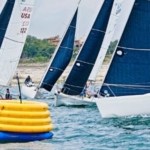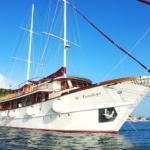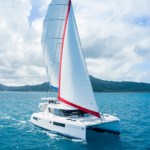The USCG requires certain safety equipment on a boat and it is imperative that you make sure that your vessel is properly outfitted with this equipment. These minimum standards require U.S Coast Guard “approved” or “certified” equipment.
This equipment includes:
Life Jackets
All recreational vessels must carry one wearable life jacket for each person on board. Any boat 16 feet and longer (except canoes and kayaks) must also carry one throwable (Type IV) device. Life jackets should be worn at all times when the vessel is underway. A life jacket can save your life, but only if you wear it.
Visual Distress Signals
Vessels operating on U.S. coastal waters, the Great Lakes, territorial seas, and those waters connected directly, up to a point where the waterway is less than two nautical miles wide, must be equipped with U.S. Coast Guard-approved visual distress signals (VDS).
U.S. Coast Guard-approved pyrotechnic visual distress signals and associated devices include:
- Pyrotechnic red flares, hand-held or aerial (day/night use.)
- Pyrotechnic orange smoke, hand-held or floating (day use.)
- Launchers for aerial red meteors or parachute flares.
Fire Extinguishers
U.S. Coast Guard-approved, marine-type fire extinguishers are required on boats where a fire hazard could be expected from the engines or fuel system. Extinguishers are classified by a letter and number symbol. The letter indicates the type of fire the unit is designed to extinguish.
Ventilation
Boats that use gasoline for electrical generation, mechanical power, or propulsion are required to be equipped with a ventilation system.
Backfire Flame Control
Gasoline engines installed in a motorboat or motor vessel after April 25, 1940, except outboard motors, must be equipped with an acceptable means of backfire flame control.
Sound Producing Devices
Navigation Rules require sound signals to be made under certain circumstances. Meeting, crossing, and overtaking situations, described in the Navigation Rules beginning with Rule 32, are examples of circumstances in which sound signals are required. Recreational vessels are also required to use sound signals during periods of reduced visibility and while at anchor.
Navigation Lights
Recreational vessels are required to display navigation lights between sunset and sunrise and during periods of restricted visibility (fog, rain, haze, etc.) The U.S. Coast Guard Navigation Rules, International-Inland, specifies lighting requirements for every description of watercraft. The information provided below is for power-driven and sailing vessels less than 65.5 feet (20 meters) in length.
Supplemental Sailing Safety Equipment
American Sailing Recommends additional safety equipment to be carried when day cruising aboard a 30 to 35-foot sailboat. While the safety equipment required under the regulations is essential to have in the event of an emergency aboard, it’s just as important to have on board the means to reduce the likelihood of problems turning into emergencies. And it makes sense to carry a bunch of other stuff that simply helps make operating the boat a lot easier
- VHF Radio – A call broadcast over VHF Channel 16 may be heard by other vessels in your vicinity that might be able to render assistance sooner than the Coast Guard.
- Cell Phone – USCG does not recommend using a cell phone to initiate calls for help because the signal is not broadcast. However, once you have made contact with a rescue service, whether government or commercial, the cell phone will be much easier to use.
- Rope and Twine – You can never have too much line aboard a sailboat, from spare sheets and docklines to “short stuff” to use for lashings — a few turns of a light line can replace (temporarily) a shackle that mysteriously lost its pin.
- Charts and Plotting Tools – A chart is essential for planning any sailing excursion that takes you “beyond the breakwater.”
- Anchor and Rode – Anchoring is sometimes the best way to ensure the boat is under control and not about to drift into danger while you deal with an onboard emergency.
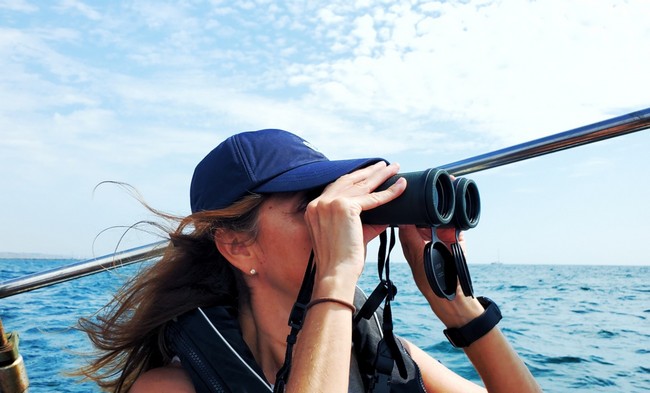
- Binoculars – Good marine binoculars are an invaluable aid in identifying navigational marks and potential hazards on the water.
- First Aid Kit – For coastwise work within hail of assistance, a basic first-aid kit and a good manual should suffice for most needs. However, the farther you sail from shore, the more comprehensive the first-aid kit needs to be.
- Tool Kit – Tools that can be used to service or repair rigging components, deck hardware, and such safety equipment as the bilge pump should always be carried aboard.

- Rigging Knife – In an environment with lots of lines, a sharp knife is an essential safety accessory.
- Flashlights – Even if you never plan on sailing at night, flashlights are essential equipment — life doesn’t always go to plan. And some remote boat corners are always dark. Keep at least a couple on board (and a good supply of spare batteries) where they can be easily found.
- Softwood Plugs – every through-hull fitting should have attached to it a matched softwood plug which, in the unlikely event that the through-hull fails, can be driven into it to stop water from entering the boat.
- Bucket – A bucket has countless uses aboard from toting tools to the foredeck to bailing out the water that got in while you were looking for the softwood plug.
A full list of these recommendations and descriptions can be found in Coastal Cruising Made Easy The Official Manual of ASA Basic Coastal Cruising Course.

